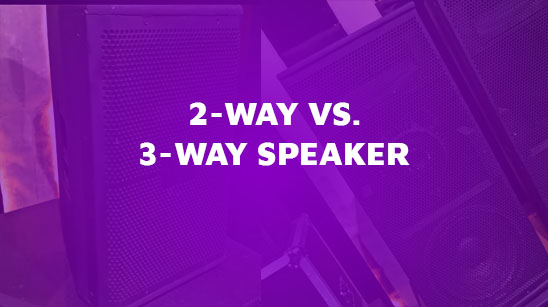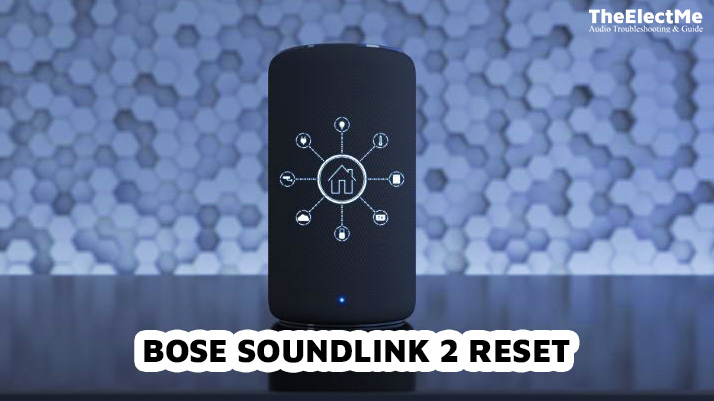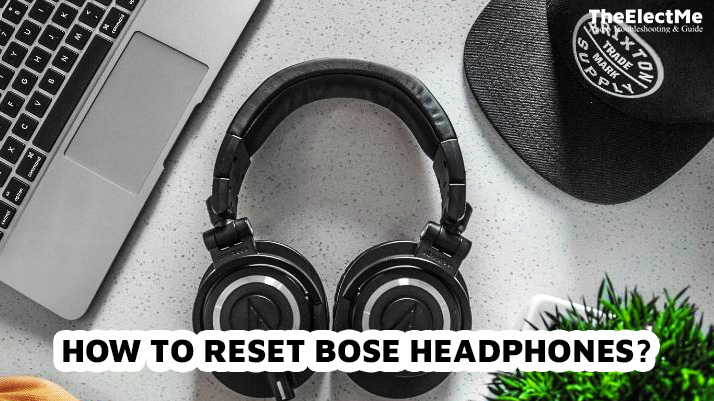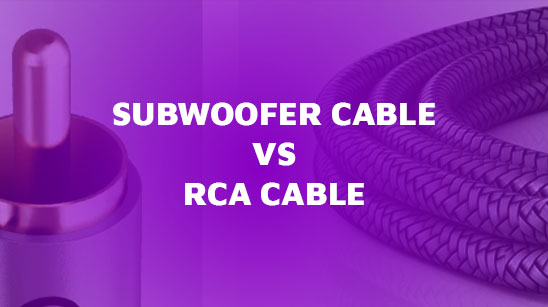Do you love playing the piano, or will you purchase one for your music room? If so, what sets grand and baby grand pianos apart? Or what is the difference between grand and baby grand piano? A grand piano is a large, luxurious instrument with a rich history.
However, its size may only be suitable for some spaces or budgets. The baby grand piano is a smaller version of the grand piano, offering similar features and sound at a more affordable price.
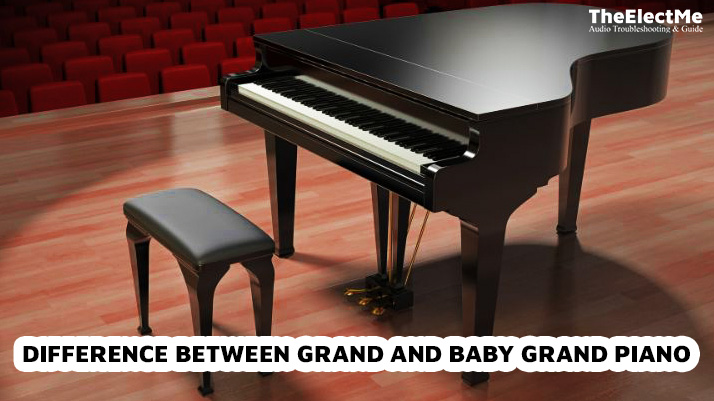
So, what exactly are the difference between grand and baby grand pianos?
Start with an understanding of the basics of piano construction and function.
Exploring The History Of Grand And Baby Grand Pianos
The Grand Piano and the Baby Grand Piano are special in the music universe. Its evolution, anatomy, and origin are worth exploring.
| Piano | Grand Piano | Baby Grand Piano |
|---|---|---|
| Origins | Originated in the early 18th century in Italy, created by Bartolomeo Cristofori. Known as "gravicembalo col piano e forte". | Emerged in the late 19th century as a compact alternative to the grand piano for smaller living spaces. |
| Evolution | Underwent numerous modifications over centuries to enhance tonal quality and range. | The design of the grand piano was retained, ensuring similar sound projection. |
| Anatomy/Structure | Comprises a soundboard, strings, hammers, keys, and pedals. The larger size allows longer strings, contributing to a richer, fuller sound. | Mirrors the structure of a grand piano but in a smaller frame. Has the same components but with a shorter string length and a smaller soundboard due to its compact design. |
| Sound Quality | Known for its full-bodied, rich sound due to longer strings and larger soundboard. | Offers similar acoustic properties to a grand piano, but the sound may differ slightly due to the shorter strings and smaller soundboard. |
Above is the comparison table regarding history, structure, and sound quality. However, the differences do not end there. Let’s explore the critical distinctions between grand and baby grand pianos in more detail.
3 Key Difference between Grand and Baby Grand Pianos
Understanding the critical difference between grand and baby grand pianos can guide you in choosing the right instrument for your needs and space.
Size Comparison
The physical size of these pianos is a significant differentiator.
A grand piano typically ranges from 5 to 9 feet long, while a baby extraordinary measures between 4.5 and 6 feet. Similarly, the width varies, with grand pianos being wider due to their larger structure.
Due to their larger size, grand pianos require more room, making them suitable for larger spaces or concert stages. On the other hand, baby grands, with their compact size, are ideal for smaller rooms or home settings.
Sound Quality and Acoustic Properties
The size difference between the two types of pianos also impacts their sound quality and acoustic properties.
Grand pianos have longer strings, contributing to a richer, fuller sound.
The Baby Grand, though smaller, has commendable sound quality. However, shorter strings can produce a slightly different tone.
The larger soundboard of a grand piano enhances sound quality by improving resonance and volume control. Due to its smaller soundboard, the Baby Grand might offer a different level of sound control.

Design and Aesthetic Appeal
While similar in design, both pianos vary in their visual appeal due to their size difference.
With its larger structure, a grand piano commands attention and lends an air of grandeur to the space. In contrast, with its compact form, a baby grand adds elegance without overpowering the room.
Due to its size, the grand piano becomes a focal point in interior design, requiring a dedicated space. The baby grand, however, can seamlessly blend into various interior styles, making it a versatile choice for many homes. The benefits of playing percussion instruments are not neglected.
Let’s explore the factors influencing your decision between grand and baby grand pianos.
Factors To Consider When Choosing Between Grand and Baby Grand Pianos
Size and cost are the main factors to consider before buying a piano. What is the average cost of a piano? Click the link to learn the average cost of a piano. But other important factors can affect your decision. One such factor is the type of piano you choose.

- Space availability and room size
- Budget and cost considerations
- Frequency of use and skill level
- Personal preference for sound quality and aesthetics
Ultimately, deciding between grand and baby pianos depends on your needs, preferences, and budget. After you buy the right piano, you need to EQ it. How to EQ piano for better sound quality. Click to read more!
Conclusion: Which One Is Right For You?
Should you go for a grand piano or a baby grand piano? The answer depends on your space, budget, and personal preferences. A grand piano adds elegance and superior sound to your music room or stage if you have enough space and budget.
If you have limited space and a smaller budget, a baby grand piano offers similar features in a more compact and affordable package. Whether you choose a grand piano or a baby grand piano, these instruments will bring joy and beauty to your music journey.
So, what’s next? It all boils down to personal preference, space availability, and budget. However, it’s essential to remember that the most crucial aspect is finding an instrument that suits your needs and playing style.
